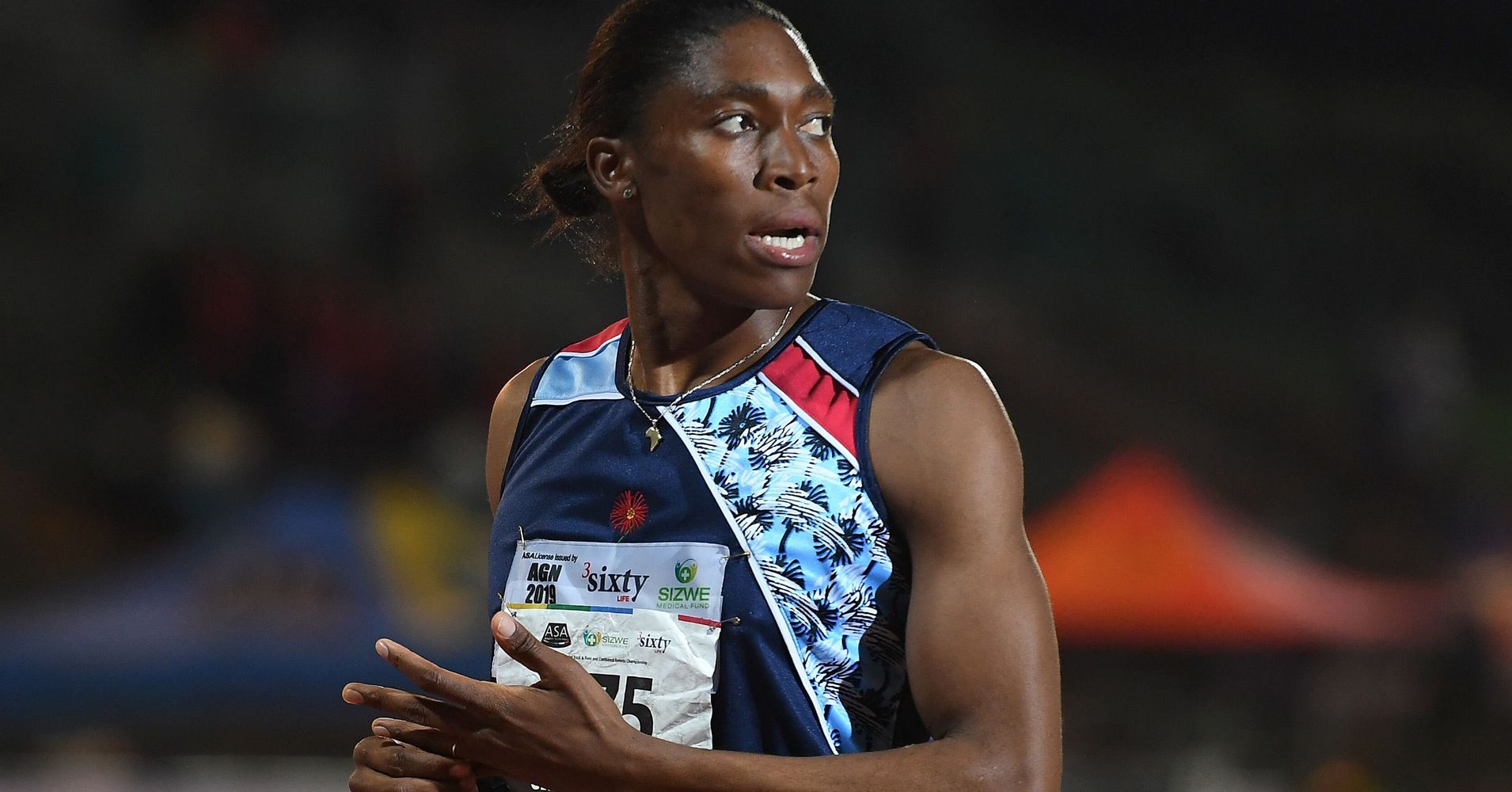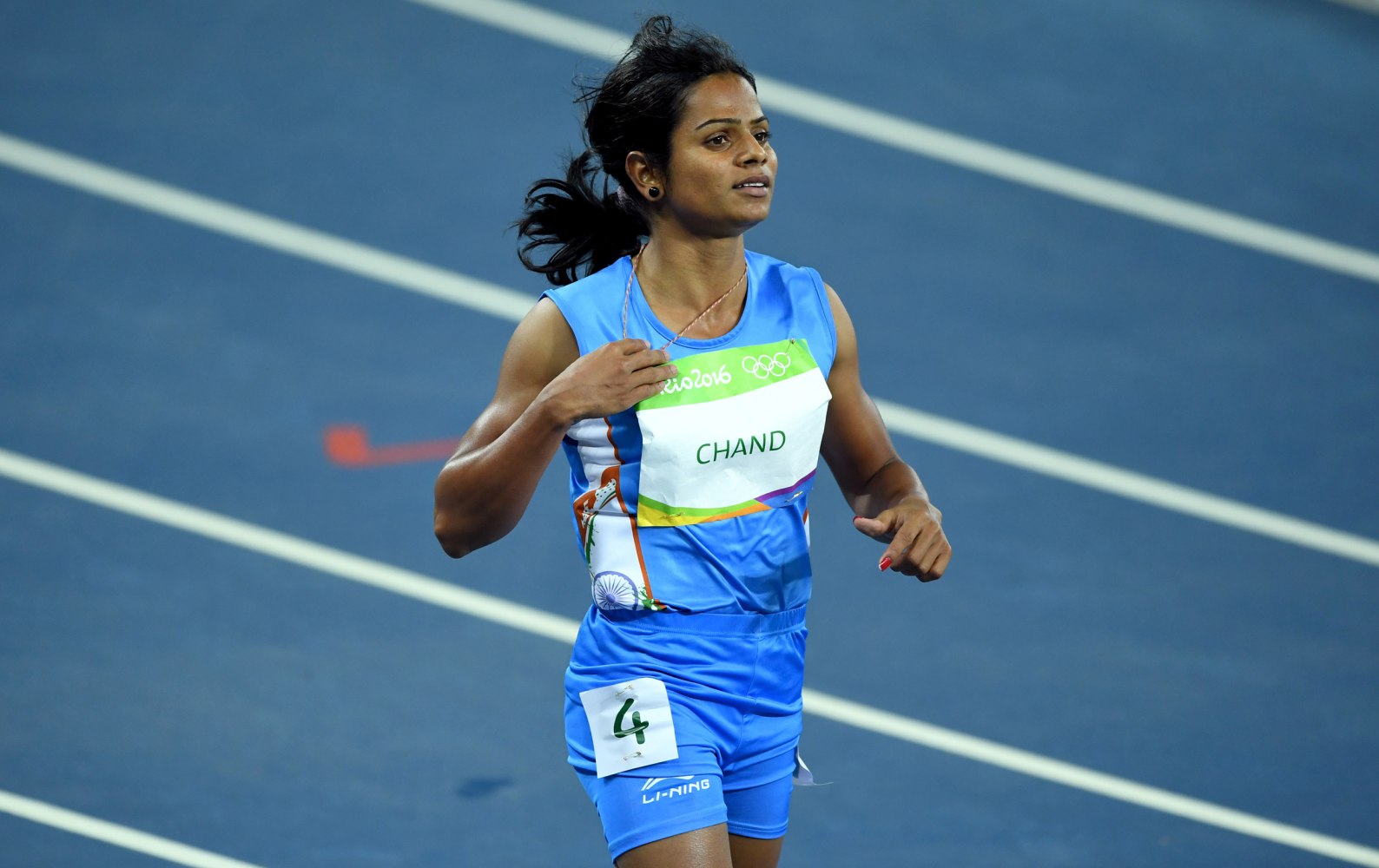When it comes to elite female athletes, there has been much debate surrounding their testosterone levels. Many wonder if these athletes have higher levels of testosterone and if so, what implications it may have on their performance. The International Association of Athletics Federations (IAAF) has cited research indicating that most females, including elite female athletes, have low levels of testosterone. However, there are still some female athletes who have been found to have higher levels of this hormone, leading to questions about the Olympic women’s testosterone limit and the effects of high testosterone on a woman’s body. In this blog post, we’ll explore these questions and more.

Exploring the Correlation between Testosterone Levels and Elite Female Athletes.
According to a press release by the IAAF, it has been established that most females, including elite female athletes, have naturally low levels of testosterone in their bodies, ranging from 0.12 to 1.79 nmol/L in blood. This is in contrast to the much higher range of 7.7 to 29.4 nmol/L observed in males after puberty. The research cited by the IAAF indicates that while some female athletes may have higher levels of testosterone, it is not the norm for the majority.
It is worth noting that the IAAF’s research is in line with current scientific understanding of testosterone levels in females. While testosterone is produced in both males and females, it is generally found in higher concentrations in males due to the presence of testes. However, females also produce testosterone in their ovaries and adrenal glands, albeit in smaller amounts.
Overall, it can be concluded that while some elite female athletes may have higher levels of testosterone, it is not a given or a defining characteristic of their performance. The IAAF’s research highlights that the majority of females, including elite athletes, have low levels of testosterone in their bodies.
>> Must read Why is Jessica Ennis a hero?
The Controversy Surrounding Female Athletes with High Levels of Testosterone
JVW F.C. Semenya is a woman athlete who has been in the spotlight for having naturally elevated testosterone levels. She has been diagnosed with 5α-Reductase 2 deficiency, a condition that leads to an increase in testosterone production. Despite being assigned female at birth and having XY chromosomes, she identifies as a woman and competes in women’s sports. Semenya’s testosterone levels came under scrutiny after her victory at the 2009 World Championships, and she was subjected to sex testing as a result. After being cleared to return to competition in the following year, she faced further controversy and legal battles over the regulations surrounding testosterone levels in female athletes. Semenya’s case highlights the complexity and sensitivity of the issue of testosterone levels in women’s sports, and the need for ongoing dialogue and research in this area.
Trending now – Who is warmer boys or girls?
Exploring the Relationship Between Testosterone Levels and Female Weightlifting.
Female weightlifters have been the subject of much discussion about testosterone levels and its effects on their athletic performance. A common misconception is that female weightlifters have higher testosterone levels than the average woman. However, a 1983 study found that after lifting weights, men experienced a significant increase in testosterone levels, while women experienced almost no increase. This suggests that weightlifting does not necessarily increase testosterone levels in women.
Despite this, a 2001 study of women found that resistance training, including weightlifting, can temporarily increase testosterone levels and have an impact on fat distribution. This effect was more pronounced in women who had not previously engaged in resistance training. However, it should be noted that the increase in testosterone levels was not significant enough to put women above the normal range for females.
It is important to note that testosterone is not the only factor in athletic performance, and that female weightlifters achieve their success through hard work, dedication, and training. Therefore, it is unfair to assume that female weightlifters are achieving their success solely due to their testosterone levels.
In conclusion, while resistance training may temporarily increase testosterone levels in women, it is unlikely that female weightlifters have significantly higher testosterone levels than the average woman. Female weightlifters achieve their success through a combination of hard work and training, and it is important to recognize and appreciate their accomplishments.

The Science Behind Elevated Testosterone Levels in Female Athletes.
Testosterone is a hormone that plays a crucial role in developing the male reproductive system, but it is also present in females. Some female athletes have higher levels of testosterone in their bodies than average, and this has led to questions about why this happens. Recent research shows that some female athletes have hyperandrogenic conditions, including polycystic ovary syndrome and rare differences/disorders of sex development (DSD), which may greatly increase testosterone production. As a result, the prevalence of these conditions is elevated among female athletes. While some argue that this gives these athletes an unfair advantage, others argue that it is simply a natural variation in hormone levels that should be accepted. It is important to note that the International Olympic Committee has set a limit on the amount of testosterone that female athletes are allowed to have in their bodies in order to level the playing field.
Understanding the Limitations on Testosterone Levels for Women in the Olympics.

The International Olympic Committee (IOC) has implemented a transgender-inclusion policy that affects all women athletes. The policy mandates that the testosterone levels in women must be below 10 nanomoles/liter. This policy also applies to transfeminine individuals, who are required to undergo testosterone-suppressing medication for a minimum of one year. The IOC’s decision to impose this policy aims to provide a level playing field for all athletes and prevent any unfair advantage that may arise due to hormonal differences. This policy has been implemented to ensure that all athletes have an equal opportunity to compete and achieve success in their chosen sport.
The Impact of Elevated Testosterone Levels on a Woman’s Health and Well-being
Testosterone is commonly associated with men, but women also produce this hormone, albeit in much smaller amounts. However, some women may have high levels of testosterone in their bodies, leading to various physical and reproductive changes. One of the most noticeable effects of high testosterone levels in women is frontal balding, which can be a source of stress and anxiety for many. Additionally, women with high testosterone levels may experience acne and an enlarged clitoris, which can impact their self-esteem and body image.
Another effect of high testosterone levels in women is an increase in muscle mass, which can be beneficial for female athletes who need to build strength and endurance. However, this can also lead to a more masculine physique, which may not be desirable for all women. In some cases, high testosterone levels can also cause a deepening of the voice, which can be another source of distress for women.
In addition to physical changes, high levels of testosterone can also lead to infertility, as the hormone can disrupt the menstrual cycle and prevent ovulation. This is commonly seen in women with polycystic ovarian syndrome (PCOS), a condition characterized by the growth of cysts on the ovaries and high levels of androgens (including testosterone) in the body. It’s important to note that not all women with high testosterone levels will experience these effects, and the severity of symptoms can vary widely.
In conclusion, high levels of testosterone can have various effects on women’s bodies, ranging from physical changes like frontal balding and increased muscle mass to reproductive issues like infertility. It’s essential to monitor testosterone levels in women, especially those with PCOS or other hormonal imbalances, to ensure their overall health and well-being.
Unpacking the Science: Female Athletes and Testosterone Production
Female athletes produce testosterone, which is a hormone present in both men and women, but in varying amounts. Recent studies have revealed that women athletes often have higher testosterone levels than non-athletic women, which has led to debates surrounding the regulations of sporting events. The presence of testosterone in female athletes has been a controversial topic in recent years, with some arguing that it gives certain athletes an unfair advantage over others. However, new research suggests that higher testosterone levels in female athletes should be considered as a natural advantage rather than a form of doping. It is important to note that testosterone levels in female athletes can vary depending on the sport, and while some athletes may naturally have higher levels, it does not necessarily mean they have violated any doping regulations.
Excess Testosterone in Female Olympic Runners: Who’s Getting Flagged?
Caster Semenya, a female Olympic runner from South Africa, has been in the spotlight for her naturally elevated levels of testosterone. Semenya is an intersex woman, born with XY chromosomes and 5α-Reductase 2 deficiency, which results in higher levels of testosterone. This condition has caused controversy and debate in the athletic community, with some arguing that it gives her an unfair advantage over other female athletes. After her victory in the 2009 World Championships, Semenya was subjected to sex testing and cleared to return to competition the following year. Despite this, she has faced ongoing scrutiny and criticism over her testosterone levels, and the International Association of Athletics Federations (IAAF) implemented a testosterone limit for female athletes in 2019. Semenya has since been prohibited from competing in certain events unless she takes hormone suppressants to lower her testosterone levels.
The Ideal Testosterone Level for Female Athletes: A Complete Guide.
The International Association of Athletics Federations (IAAF) has introduced new regulations for athletes with Differences of Sexual Development (DSD) to compete as females. According to the IAAF’s guidelines, female athletes with high levels of testosterone must maintain a testosterone level of 5 nmol/L or below for six consecutive months prior to competition. This is to ensure a fair and equal playing field for all female athletes.
The new regulations have sparked controversy and debate within the athletic community, with some arguing that it unfairly discriminates against female athletes with naturally high levels of testosterone. However, the IAAF defends the regulations as necessary to maintain the integrity of women’s sports and prevent individuals with a competitive advantage from participating in female categories.
It is important to note that not all female athletes produce the same level of testosterone, and the 5 nmol/L limit only applies to athletes with DSD. While testosterone is typically associated with male physiology, both male and female athletes produce the hormone in varying amounts. Maintaining a healthy balance of hormones is important for all athletes, regardless of gender, to ensure optimal performance and overall health.
While there has been controversy surrounding female athlete’s testosterone levels, research shows that the majority of elite female athletes actually have low levels of testosterone compared to the normal male range. However, there are some cases of female athletes having high levels of testosterone, which can have physical and performance-enhancing effects. The Olympic women’s testosterone limit has been a subject of debate, but it is important to ensure a level playing field for all athletes. Overall, understanding the impact of testosterone on female athletes is essential in promoting fairness and equality in sports.



